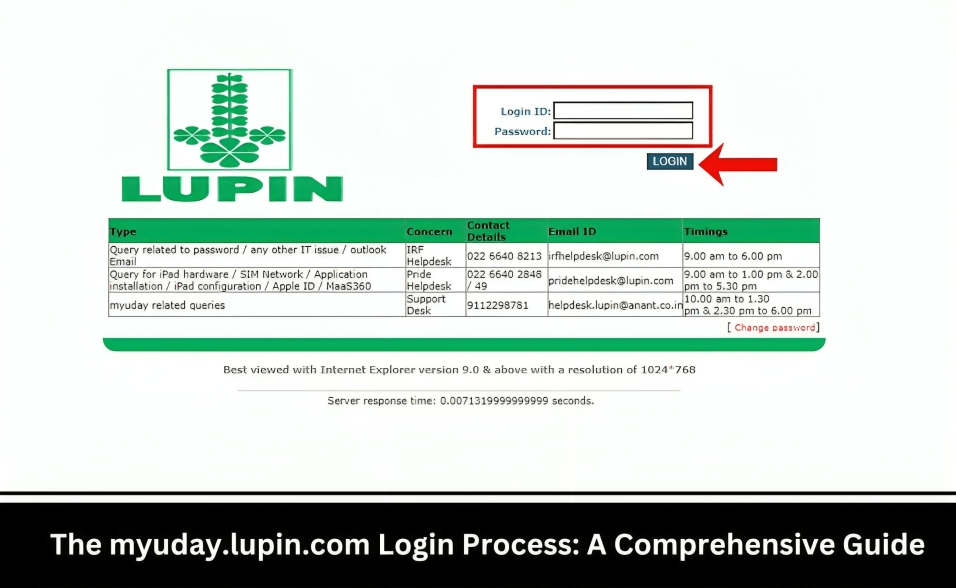A decade ago, web design was simple and basic. A website primarily relied on text since the pictures were low-resolution and could only take a minute to download. However, those days are long gone, and the fast-paced digital era has overtaken them. Technological innovations in web design have shaped our online experience. Web design and internet technology work hand in hand to bring the virtual world to life. This article aims to help you understand web design and internet technology and how both have completely transformed the online experience.
How Web Design and Internet Technology Has Changed Digital Experience
Web design involves creating visually appealing and user-friendly websites. In tandem with internet technology, web design incorporates technical proficiency and creativity to improve users’ experiences and offer seamless navigation. A good web design should integrate various components, including colour, layout, and interactive features. It should align with the brand’s identity and meet the target audience’s expectations.
On the other hand, internet technology acts as the backbone of the virtual world. It guides the tools, protocols, and infrastructure that allow seamless data flow across a range of networks. It is the force behind every experience on the internet, including apps and communication channels. Internet technology evolution has led to diverse innovations such as wireless communication and high-speed connections, enhancing the digital world.
Web Design Technology and User Experience
The Internet technology in web design has significantly enhanced the user experience. Websites should be digital entities and interactive arenas where people source information. A compelling design and robust technology create an online environment that understands human behaviours and emotions. Web design and UX provide intuitive and enjoyable user experience by going beyond technical algorithms to create user-centric apps, products and websites. Human touch should be the cornerstone to change a simple website into a meaningful digital experience.
Ways in Which Technology Has Enhanced Web Design
In the current digital world, where there are millions of websites, technology allows website owners to remain relevant through the use of SEO. However, it is good to keep updating your site to align with Google’s requirements. The correct SEO helps a site rank high and gain organic traffic, thus increasing the number of users.
Internet technology has allowed web designers to increase their sites’ speed. It is possible to create aesthetically pleasing websites that load faster. The speediest site gains more audience since users can quickly find what they are searching for without visiting other sites. Technology has made all this possible by reducing loading time to seconds.
Internet technology allows the creation of websites that enhance mobile usage. Since many people tend to search for information using mobile phones, as they are always with them, web designs have adapted to mobile users’ needs. Additionally, UX design has enabled users to view anything on their mobile phones by creating low-weight designs to optimize images and videos.
Web design and internet technology work in tandem to make the virtual world simple, enjoyable, satisfying, visually pleasing and user-friendly. Users can seamlessly navigate through the internet through any device and anywhere. By enhancing leading speed, users can get what they are searching for in seconds, thus improving their experience and the need to visit the site more often.


